Enhancing green credit efficiency: A new direction for sustainable economy
- 14
- Socially Responsible Enterprise
- 10:07 03/10/2024
DNHN - In the context of increasing climate change and environmental pollution, green credit has emerged as an important tool for sustainable development.
Green credit is a specialized form of lending designed to finance environmentally friendly projects, such as renewable energy (solar and wind power), energy-saving initiatives, and natural resource protection. Developing green credit not only helps mitigate negative environmental impacts but also opens new opportunities for economic growth by creating jobs and improving the quality of life for citizens. Green credit plays a key role in building a more sustainable economy.
Recently, several banks in Vietnam have proactively implemented green credit products, contributing to the promotion of green economic sectors. Large banks like BIDV, Agribank, and Vietcombank have introduced attractive green credit programs, offering preferential interest rates for projects related to renewable energy, wastewater treatment, and environmental protection. These products support businesses and encourage them to engage in environmentally responsible activities.
A critical factor in this growth is the government's interest in promoting green credit. Resolution No. 55/NQ-TW of the Politburo emphasizes the importance of developing renewable energy and committing to facilitating green projects. The government encourages banks to provide funding for these projects to realize sustainable development goals, contributing to both environmental protection and building a solid foundation for economic development.

Green credit development is becoming more necessary than ever. Achieving this requires close coordination between banks, businesses, and regulatory agencies. Additionally, raising awareness about green credit within the business community is crucial, helping businesses recognize the potential and benefits of participating in environmentally friendly projects. Only through collective cooperation can we move towards a sustainable future where economic development goes hand in hand with environmental protection.
Despite growing attention and encouragement from financial institutions and the government, green credit faces challenges. One prominent issue is assessing the risks in green projects. To ensure feasibility and environmental effectiveness, banks need to establish clear and specific criteria. This helps determine whether a project is worth investing in and minimizes the financial risks associated with risky investments. Without an accurate evaluation system, banks may struggle to identify projects that truly contribute to sustainable development.
Furthermore, a lack of information and understanding about green credit within the business community is a major barrier. Many businesses are still unaware of the benefits of green credit or lack knowledge of how to access such financing. To address this issue, establishing training programs, workshops, and effective communication channels is necessary. Additionally, developing uniform standards and certification systems for green projects will create a transparent environment, increasing trust among investors and financial institutions. A reliable certification system would make it easier for businesses to prove the feasibility and credibility of their proposed projects.
In the future, Vietnam needs to strengthen cooperation between government agencies, banks, and businesses to develop a robust green credit ecosystem. This will not only promote sustainable development but also enhance the economy’s competitiveness in the context of globalization.
At the same time, communication efforts regarding the benefits of green credit should be intensified to help businesses recognize the potential and opportunities from environmentally friendly projects.
Experts believe that green credit is not just a trend but an essential part of Vietnam’s sustainable economic development strategy. Maximizing the potential of green credit will benefit businesses, contribute to environmental protection, and improve the quality of life for citizens. Therefore, green credit development should be prioritized in the near future.
Nghe Nhan
Related news
#banking system
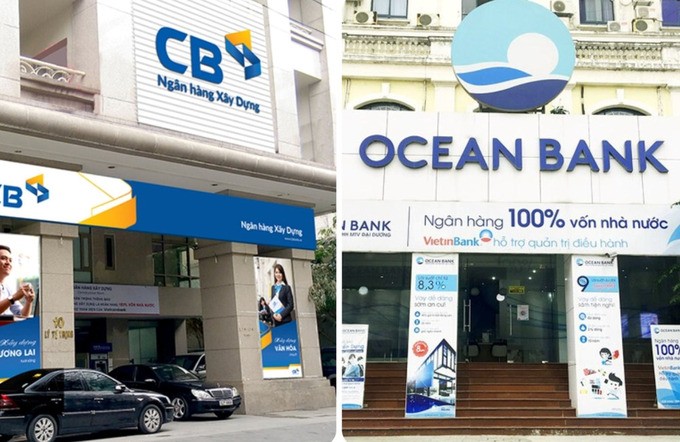
Restructuring the banking sector through mandatory transfers
The State Bank of Vietnam (SBV) has decided on the mandatory transfer of Vietnam Construction Bank (CB) and Ocean Commercial Bank (OceanBank) to Vietcombank and Military Bank (MB), respectively.
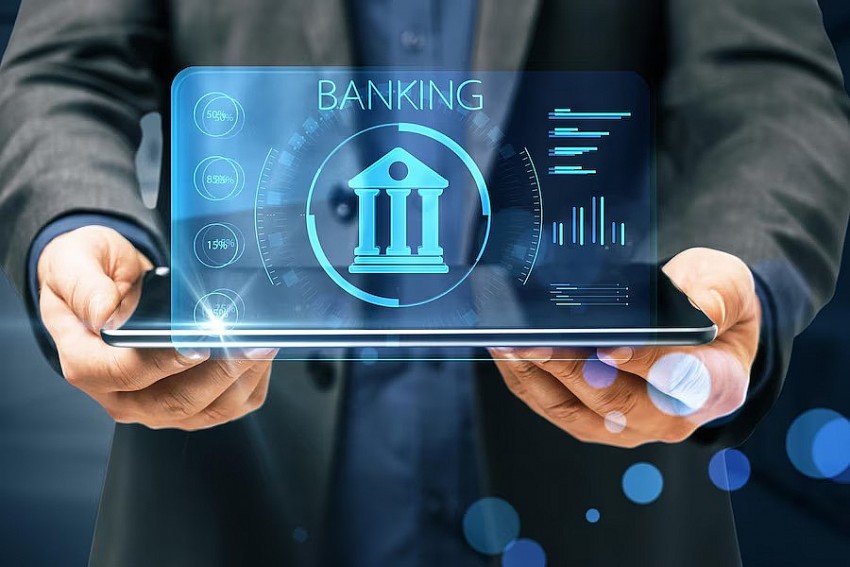
The banking sector is the highest brand value growth area in 2024
A total of six major banks have made it into the Top 10 strongest brands in Vietnam, including Vietcombank, BIDV, VietinBank, Techcombank, Agribank, and VPBank.
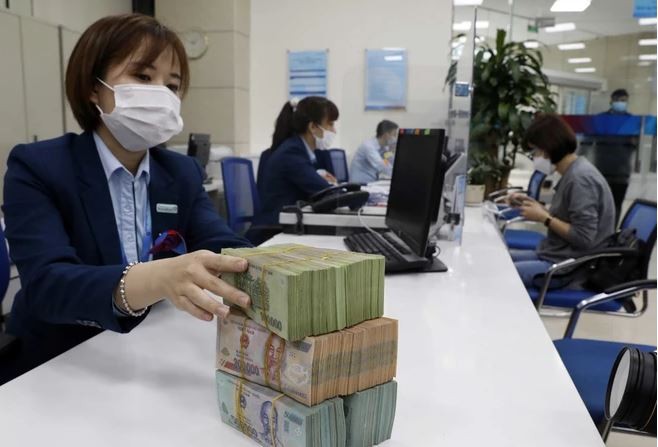
The State Bank of Vietnam studies the roadmap to remove credit room
The State Bank of Vietnam (SBV) is considering a roadmap to remove the credit room mechanism as directed by the National Assembly and the Government.

Significant drop in fraud cases following nearly three months of biometric authentication implementation
According to statistics from banks, the implementation of biometric authentication regulations has effectively deterred high-tech criminals from using personal accounts for money transfers.
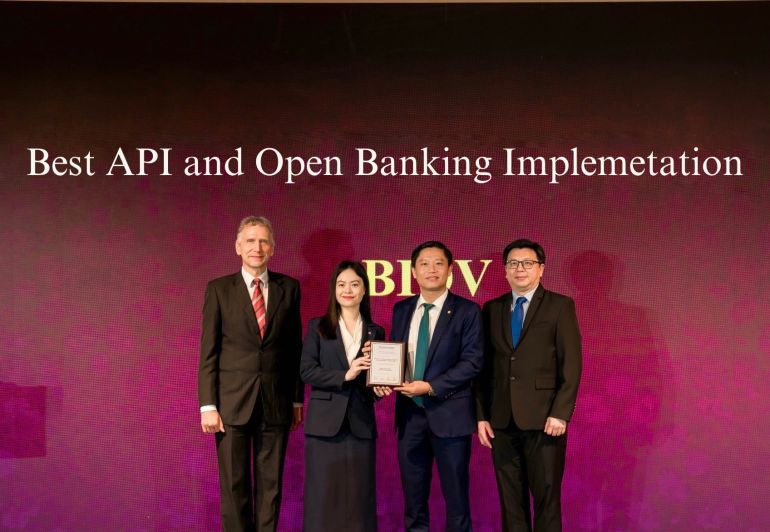
BIDV received 02 prestigious international awards for corporate products and services
Vietnam Joint Stock Commercial Bank for Investment and Development (BIDV) has just been awarded the titles of "Best API Application & Open Banking Bank in Vietnam" and "Best Trade Finance Bank in Vietnam" for 2024 by The Asian Banker.
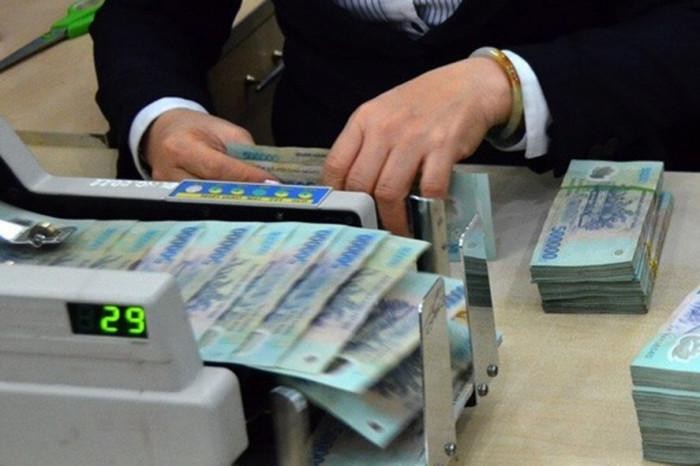
Bank interest rates on 31st October: Major players compete fiercely
Bank interest rates have been highly volatile, with one bank making its second rate adjustment in the month as of October 31, 2024, underscoring the competitive landscape.
Đọc thêm Socially Responsible Enterprise
When artists do business – livelihood is no poetry!
A series of indictments, arrests, and bankruptcies among artists has sounded a serious alarm.
Hanoi’s economy grows 7.92% in first nine months of 2025, FDI surges nearly threefold
Hanoi maintained robust growth momentum in the first nine months of 2025 with GRDP up 7.92% year-on-year, driven by strong services and construction sectors.
Vietnam’s strong gdp growth fails to ease labor market distress
As the year draws to a close, the pressing challenge for businesses and policymakers is how to rebuild worker morale, retain top talent, and stabilize employment amid lingering uncertainty.
Vietnam ramps up efforts to lift EU “Yellow Card” on Illegal fishing
Prime Minister Pham Minh Chinh has called for intensified and coordinated efforts to have the European Commission’s “yellow card” on Vietnam’s fisheries removed within this year.
Quang Tri calls for investment in wind power plant project worth over VND 1,100 billion
The People’s Committee of Quang Tri Province has officially announced the Hưng Bắc Wind Power Plant Project as part of its investment invitation portfolio.
Hanoi receives two million visitors during the four-day National Day holidays
From August 30 to September 2, Hanoi received around 2.08 million visitors during the four-day National Day holidays , three times higher than the figure in the same period last year, the municipal Department of Tourism reported.
Ca Mau gradually makes its mark on the national tourism map
By 2025, Ca Mau aims to attract 8.4 million visitors and achieve a total revenue exceeding 8,585 billion VND, contributing to the province's double-digit growth target.
UNDP Resident Representative hails Vietnam as an emerging economic powerhouse
Millions of people have been lifted out of poverty, hunger has been eliminated, and the economy has maintained consistent growth rates of over 6 per cent, UNDP Resident Representative in Vietnam Ramla Khalidi remarks.
Alpha Books Chairman Nguyen Canh Binh: The survival weapons of Vietnamese entrepreneurs in the age of AI.
Alpha Books Chairman Nguyen Canh Binh shares three essential lessons to ensure the survival and growth of Vietnamese entrepreneurs in the digital age: creativity, connection, and collective intelligence.
Mr. Le Viet Thang, CEO of 1Office: "Don’t use old solutions for new ai challenges"
As artificial intelligence (AI) reshapes the global technology landscape, Vietnam is taking decisive steps to establish a National AI Research and Development Center, alongside the National Data Center.











